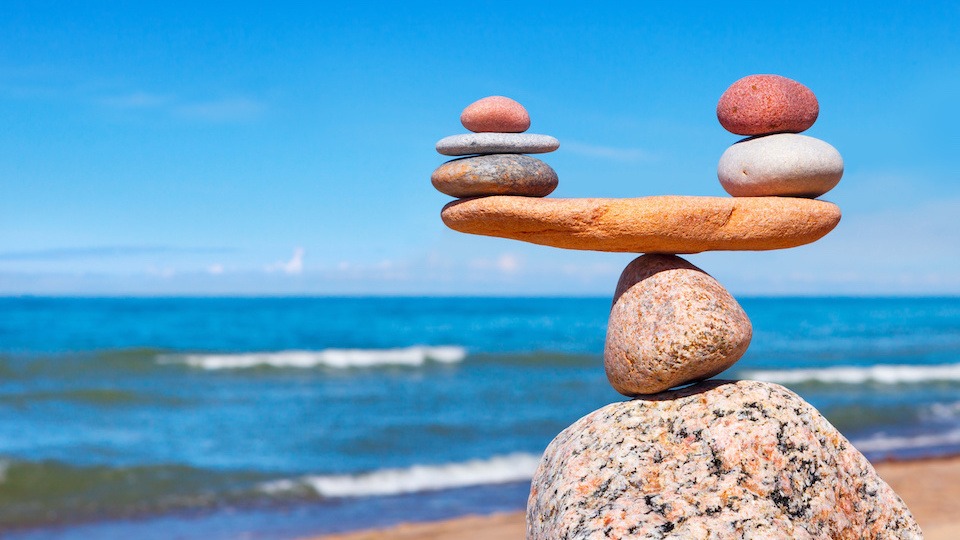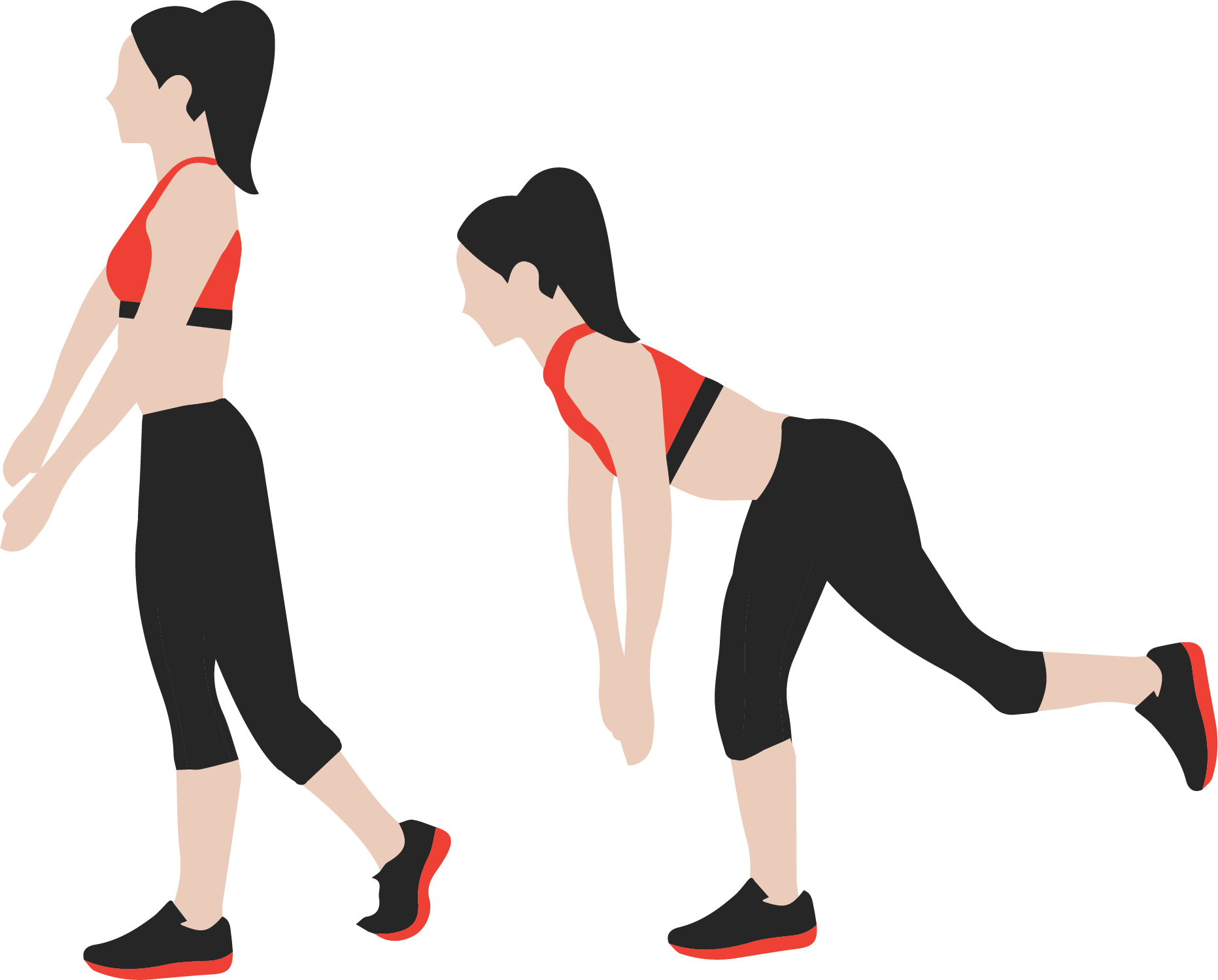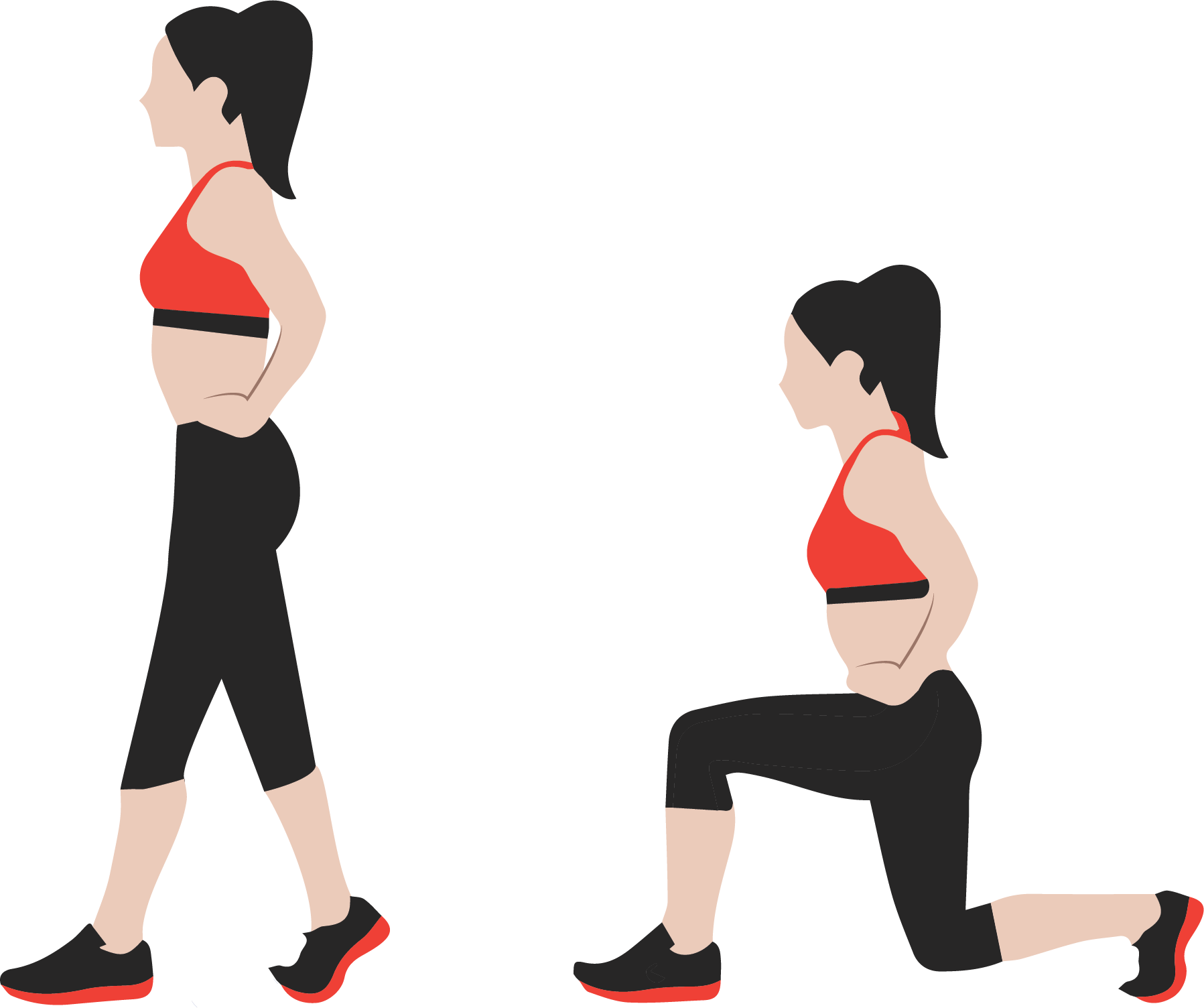Sight, hearing, touch, smell and taste…the five senses. Today’s mind-expanding article by my team here at UpWellness is going to introduce you to your sixth sense. And I’m not talking about some psychic power or ESP… humans really do have a “sixth sense” that almost nobody ever talks about. It’s called “proprioception,” and it is a sense that is essential for balance and coordination. The proprioceptive system is a part of your nervous system that allows you to know where your body exists in space. Notice right now; without looking, you can feel which way your foot is pointing. You can tell if your fingers are flexed or extended. You can sense if you are leaning one way or the other. That’s proprioception.
Most of us do not exercise our proprioceptive systems anywhere near enough. We spend our days sitting or walking on flat surfaces, so our balance and coordination systems never really get a chance to work. This is one of the reasons why we have record levels of balance disorders and a massive number of falls. This article is full of simple exercises that will train your proprioceptive system, improve your balance and coordination, and decrease your risk of falling.
Be Well,
-JL
Although you may not often think of it, balance training is integral to health and wellness. Having good balance will help to keep you upright and protect you from injury. It is also a great rehabilitative exercise if you are recovering from a sprain or strain. Balance activities are not just for seniors either; everyone should incorporate balance activities into their day to stay focused, strong, and agile.
What is dynamic balance training?
When you hear the word “balance,” what comes to mind? If you said standing still on one leg or trying not to hit the dirt when you walk on a slippery surface, you are right in line with what most people think. Standing on one leg can help to improve static balance, but gaining control over moving the center of your body over a changing base of support is what is really necessary for daily living. The type of balance needed for this is known as dynamic balance, and it can help improve athletic performance and make activities associated with daily life easier.
Understanding how balance works
To achieve optimal balance, multiple sensory systems provide information about the body’s position as it moves over the ground. There are sensory receptors in the eyes, ears, and skin that contain numerous sensory receptors that provide vital feedback to the central nervous system about which muscles to activate and when. Static or stationary balance is relatively easy to achieve because you are in one spot and can focus on which muscles to tighten to achieve stability. But, activities of daily living require more than static balance; they challenge us to rely on conscious thought to control which muscles to trigger. Training for this type of balance can help keep you upright, fit, and able to move with ease.
Benefits of dynamic balance exercises explored
In addition to helping you perform daily activities and get in shape, dynamic balance training can have a positive impact on your health.
Strengthen and tone muscles – Dynamic balance training can help to strengthen and tone your obliques and muscles in your hips, thighs, glutes, and lower back. These muscles connect your hips to your pelvis and your pelvis to your spine. When you increase the strength of these core muscles, it will not only improve your balance and coordination, but it will also keep you looking great.
Reduce the risk of falling – Dynamic balance conditioning helps to improve your coordination and allows you to react to sudden changes of direction, helping to prevent falls.
Recover faster after a hard workout – Dynamic balance activities are excellent when used as a low-intensity recovery exercise sandwiched in between sets of higher intensity training. You can also do these exercises on days after a heavy workout to promote recovery or when you can’t make it to the gym but want to do something active
Dynamic balance exercises
Multidirectional reach
Begin with your feet hip-width apart and balance on one foot. Hinge forward at the hips and reach your hands outside your supporting leg, to the front and inside. Repeat on the other side.
Lateral side lunge with knee kick
Begin with your feet hip-width apart. Step out to the side while keeping your feet parallel to each other. Shift your weight to the side while hinging at the hips. Come back up to an upright position as you lift your opposite knee and drive it to hip height or anywhere that is comfortable. Regain balance and repeat for several reps on each side.
Side leg Roman deadlift
Begin with your feet hip-width apart and balance on one foot. Slightly bend your knee on the supporting leg. Keep your back straight and hinge your hips while reaching for with the opposite arm. Return to standing and repeat on the other side.
More ways to fit balance activities into your daily routine.
Here are some more things that you can do to work on your balance daily:
- Stand on a wobble board at your desk or when you are talking on the phone.
- Balance on one leg as you catch a ball ( you need a partner for this one).
- Sit down and get up from a chair several times without using your hands.
- Practice walking heel to toe like a tightrope walker.
- Take a tai chi class.
- Take a dance class.
-The Well Daily Team









